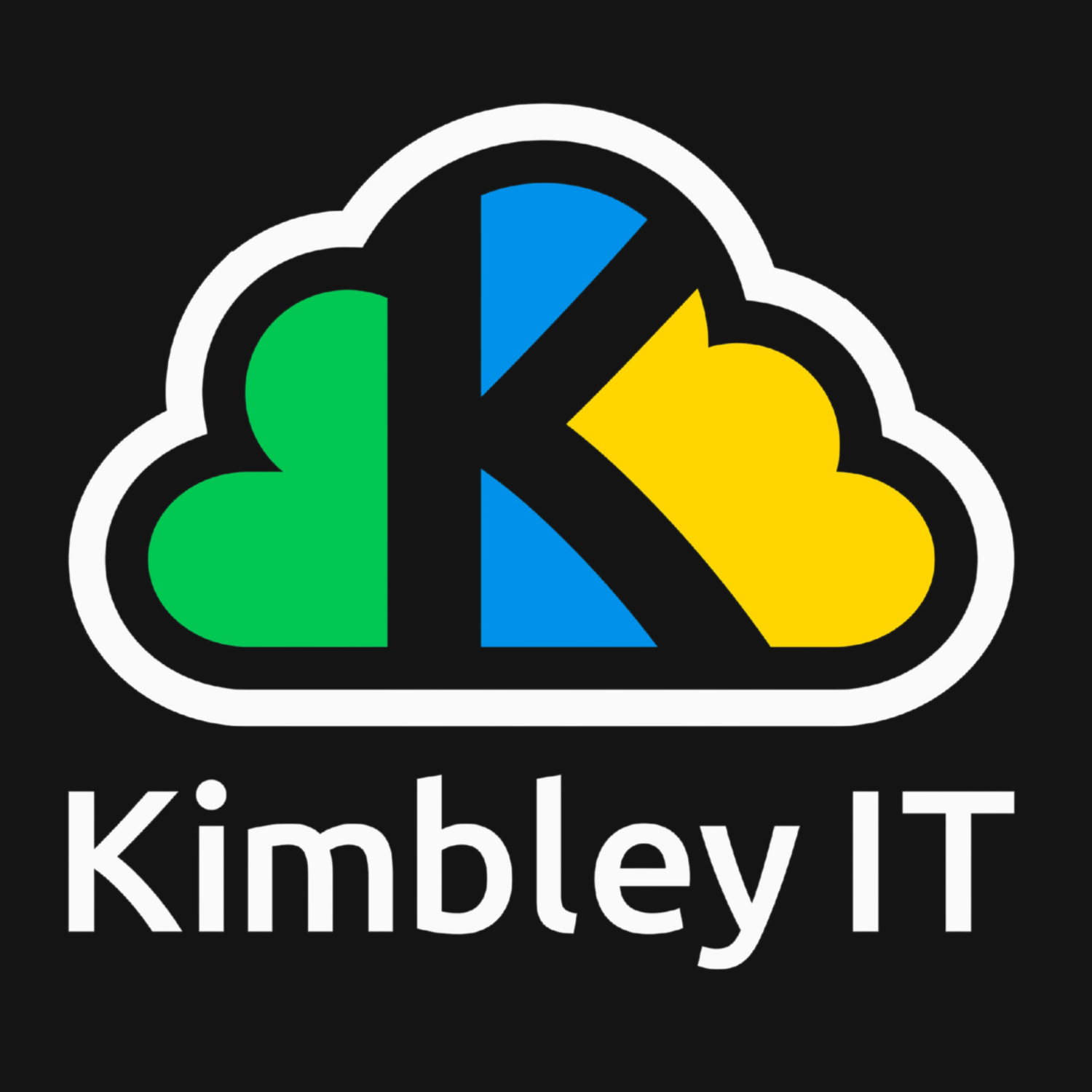What is Canvas, and how do you use it in Gemini?
Recently, Google updated Gemini with a new feature called Canvas. The best way to think of Canvas is a virtual teammate you can collaborate with to create documents and code. For this blog post, I will use Canvas to collaborate on creating documents.
Think Google Docs.
If you are familiar with Google Workspace, you probably frequently collaborate with your team on a Google Doc. Canvas is like Google Docs, but Gemini works with you rather than your team working with you to create the final version.
You access Canvas by going to Gemini at gemini.google.com and clicking the "Canvas" button in the prompt box. You need to give a prompt of what you are planning to do, but you can also copy and paste a draft of any content you have already created. You can also attach a file directly from Google Drive or any Files or Images you would like to use in Canvas. Once you have set up your prompt, send it to Gemini.
For this example, I will provide Canvas with a link to a Google Drive file outlining a Standard Operating Procedure that needs updating. My prompt will be: "I would like you to work with me on this Standard Operating Procedure to help me make sure it is correct, clear and easy to follow for other team members."
Using Canvas in Gemini.
As detailed in the previous section, you have sent your prompt to Gemini. Canvas will come back with an outline of what it has understood and feedback on what it feels can offer or change. In my example below, I have also started to provide a revised version of the document I shared.
Suggested Edits - Your AI collaboration team member.
With Canvas, you can highlight subsections of text and get Gemini to assist you with just that text rather than the complete document. When you highlight a section of text in the Canvas view, you're presented with the standard AI options of changing the text's tone, expanding, or contracting it.
However, where Canvas truly shines is its ability to Suggest Edits. This feature empowers you to make efficient changes, enhancing your content without the need for extensive manual editing.
When you select Suggest Edits, Gemini steps in to assist. It leaves a comment to the right of the text chosen, suggesting ways to improve this content, details that could be added, and more. This guidance is not about composing the content for you but rather about offering ideas on adjusting your content - things you may not have considered. It's like having a supportive team member leave a comment on a Google Doc, guiding you through the editing process.
Note: The Suggest Edits function only works on content you have created; if you select content Gemini has made, it will not suggest any edits, as it believes itself to be perfect.
When you select text in the Canvas view, you will also notice that a smaller Gemini prompt box appears; with this box, you can enter a prompt, and it will only base your request on the text you have highlighted. For example, add more details or add a point that has been missed. You can even use it to add additional paragraphs; whatever you wish to do with the selected text, you can prompt it. Such as: "Add an extra paragraph below that shows an example of what is discussed to make it easier for new team members to follow the procedure".
Formatting and sharing your Canvas with team members.
If you look at the top of the Canvas window, you will see formatting options - these are basic, but Canvas is only intended to be a place to generate and create ideas.
When you're happy with your creation and what to finish, you can click the Export to Docs button. A new tab will open with your Canvas now formatted and in Google Docs, which you can then share with your living team members.






